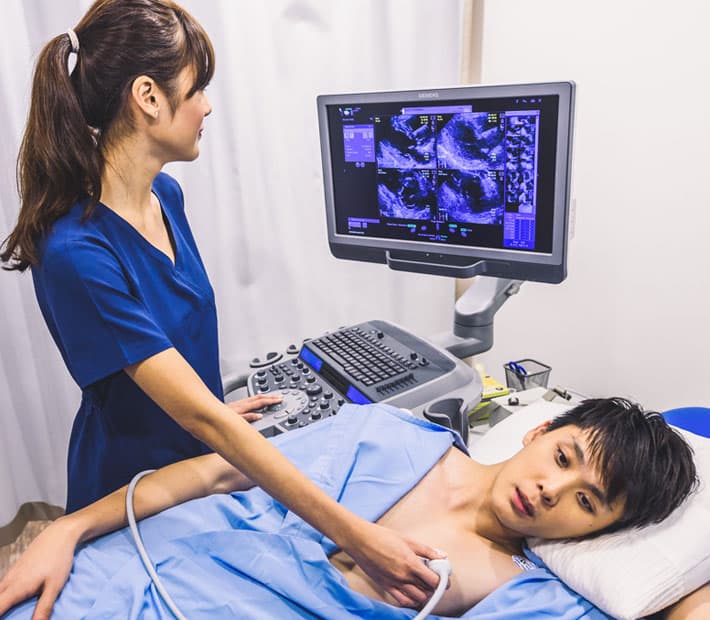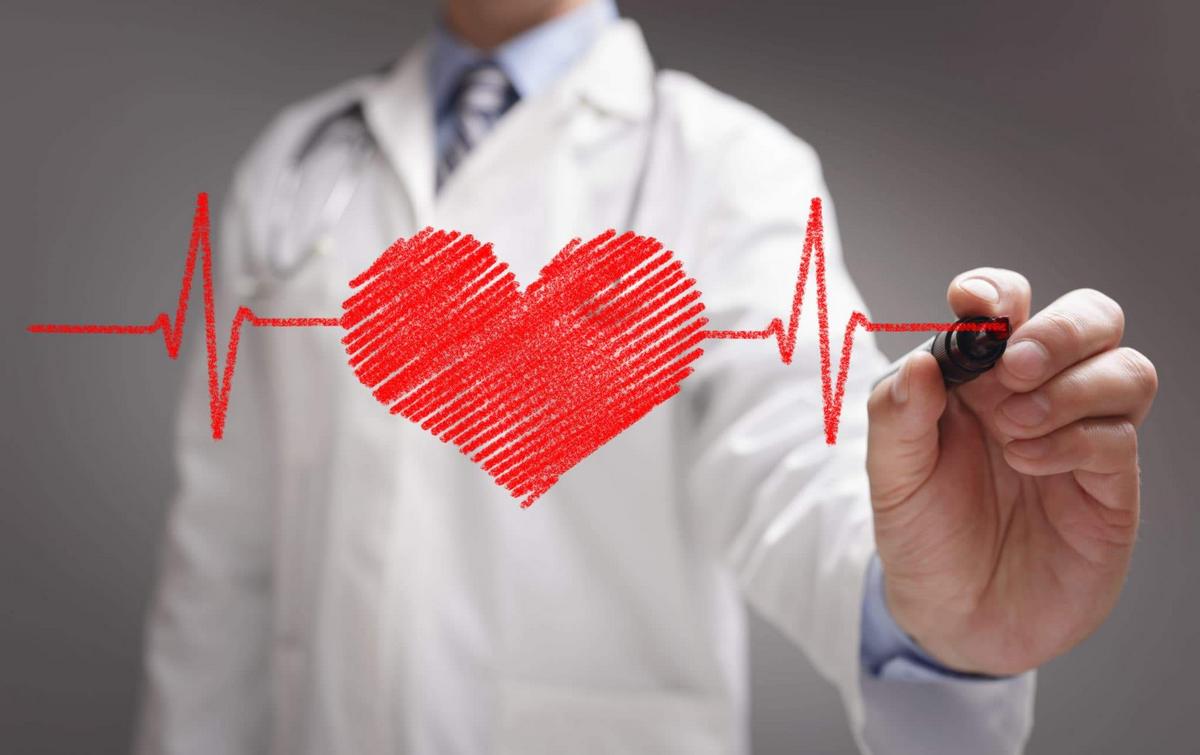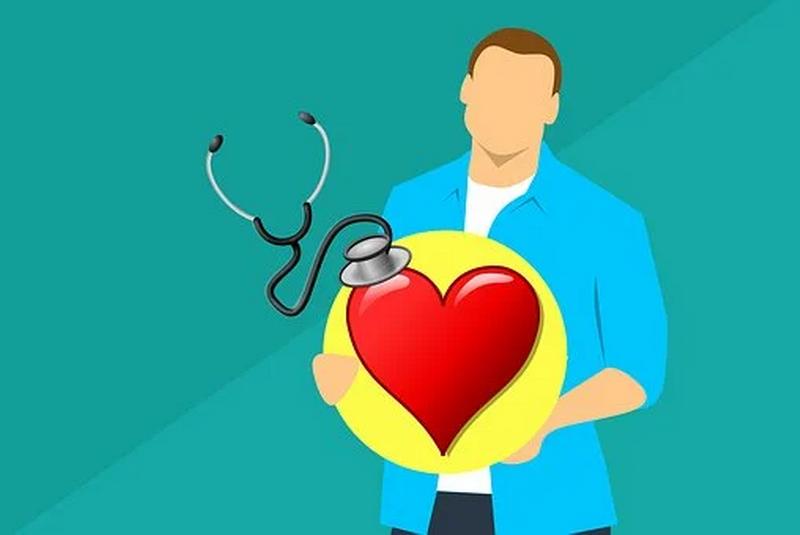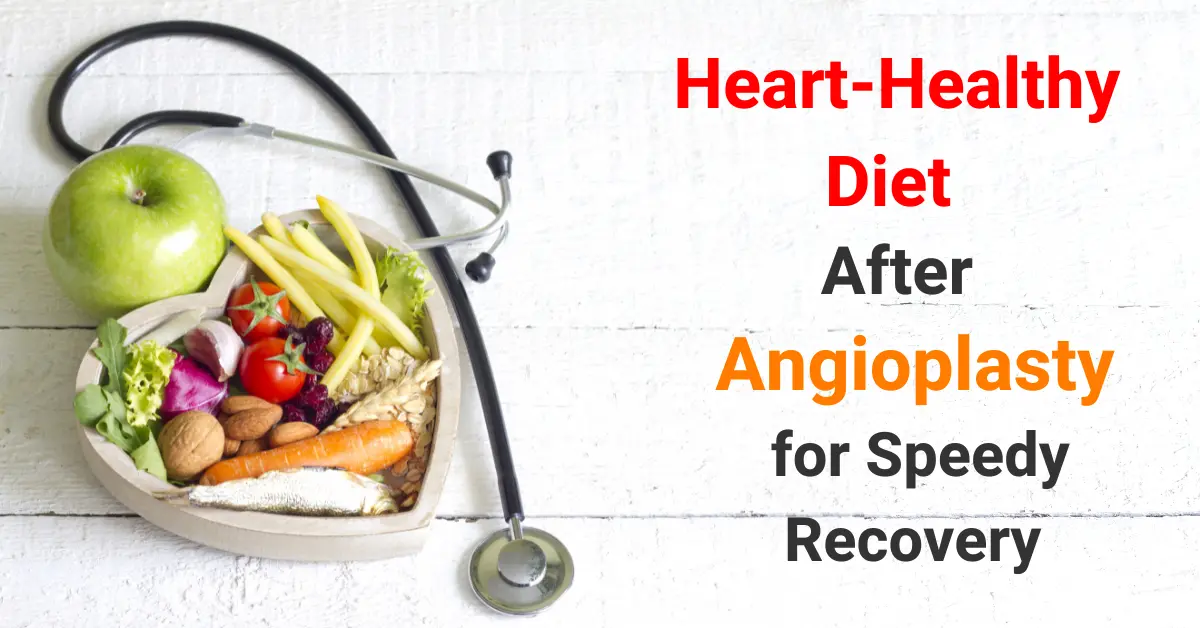TRANSTHORACIC ECHOCARDIOGRAM (TTE) in Singapore


Transthoracic Echocardiogram is a common type of echocardiogram that is used to assess the structure and function of the heart. It is a non-invasive test that uses sound waves to create detailed images of the heart and the blood flow within it, employing techniques such as Doppler and colour Doppler to enhance visualisation.
In Singapore, the TTE test is widely available and can be done at hospitals and specialised cardiology clinics such as The Harley Street Heart and Vascular Centre. In fact, you may even proceed to book an appointment for a medical consultation with one of our cardiologists or contact us for further details to schedule your TTE test.
តើអ្វីទៅជាការធើ្វអេកូបេះដូង?
ការធើ្វអេកូបេះដូង គឺជាការមើលអេកូ ដែលប្រើប្រាស់ឧបករណ៍ដាក់នៅផ្នែកខាងឆ្វេងនៃជញ្ជាំងទ្រូង ដើម្បីទទួលបានរូបភាពនៃបេះដូង។ វាជាការធើ្វអេកូ១ដែលគ្មានការឈឺចាប់និងអនុញ្ញាតឱ្យគ្រូពេទ្យវាយតម្លៃទំហំ និងមុខងារនៃបេះដូង វាយតម្លៃចលនាបេះដូង ពិនិត្យសន្ទះបេះដូង និងសរសៃឈាម។ ការមើលអេកូនេះផងដែរក៏ត្រូវបានគេសំដៅជាទូទៅថាជាការមើលអេកូបេះដូងធម្មតា។
ការមើលអេកូបេះដូងគឺជាផ្នែក១នៃការស្រាវជ្រាវ ដែលបង្ហាញរូបភាពជាក់ស្តែង។ការធើ្វអេកូនេះគឺមានសារៈសំខាន់សម្រាប់ការរកឃើញបញ្ហាបេះដូងព្រោះវាអាចមើលឃើញមុខងារទូទៅនៃផ្នែកនិមួយៗនៃសរិរាង្គបេះដូង។
តើអ្វីទៅជាគោលបំណងនៃការមើលអេកូបេះដូង?
គោលបំណងនៃការពិនិត្យអេកូបេះដូងគឺដើម្បីផ្តល់ព័ត៌មានលម្អិតអំពីរចនាសម្ព័ន្ធ និងមុខងាររបស់បេះដូង។ ជាការជួយវេជ្ជបណ្ឌិតក្នុងការធ្វើរោគវិនិច្ឆ័យ និងតាមដានស្ថានភាពបេះដូងផ្សេងៗ ដូចជាជំងឺបេះដូងពីកំណើត ជំងឺខ្សោយបេះដូង និងបញ្ហាជាមួយនឹងសន្ទះបិទបើកបេះដូង ឬសាច់ដុំបេះដូងជាដើម។ ការមើលអេកូបេះដូងត្រូវបានប្រើដើម្បីវាយតម្លៃសុខភាពទូទៅនៃបេះដូង ហើយក៏អាចត្រូវបានប្រើដើម្បីណែនាំការសម្រេចចិត្តក្នុងការព្យាបាល។
តើតេស្ត Transthoracic Echocardiogram (TTE) ចំណាយពេលប៉ុន្មាន?
ការធ្វើតេស្ត Transthoracic Echocardiogram (TTE) ជាធម្មតាចំណាយពេលប្រហែល 30 ទៅ 60 នាទីដើម្បីបញ្ចប់។ នីតិវិធីអេកូបេះដូង transthoracic ពិតប្រាកដអាចចំណាយពេលតែពីរបីនាទីប៉ុណ្ណោះ ប៉ុន្តែអ្នកវិភាគសូរស័ព្ទអាចត្រូវការចាប់យកទិដ្ឋភាពផ្សេងៗនៃបេះដូងពីមុំផ្សេងៗគ្នា ដើម្បីទទួលបានការវាយតម្លៃដ៏ទូលំទូលាយ។ រយៈពេលនៃការធ្វើតេស្តអាចប្រែប្រួលអាស្រ័យលើបុគ្គល និងភាពស្មុគស្មាញនៃស្ថានភាពបេះដូងដែលកំពុងត្រូវបានវាយតម្លៃ។
Where Can I Take The Transthoracic Echocardiogram (TTE) Test In Singapore?
In Singapore, the Transthoracic Echocardiogram (TTE) test can be taken at various medical facilities, including hospitals, and cardiac clinics. It is important to consult with your doctor to determine the most appropriate location for your TTE test based on your specific needs and medical history.
How Much Does a Transthoracic Echocardiogram (TTE) Test Cost In Singapore?
The cost of a Transthoracic Echocardiogram (TTE) test in Singapore can vary depending on the facility where the test is performed. On average, the cost can range from SGD $400 to SGD $1,000. It is advisable to check with your healthcare provider or insurance company for specific cost details and coverage options.
ហេតុអ្វីបានជាគេធ្វើអេកូបេះដូង Transthoracic Echocardiogram (TTE)?
Transthoracic Echocardiogram (TTE) ត្រូវបានអនុវត្តដើម្បីជួយធ្វើរោគវិនិច្ឆ័យ និងតាមដានស្ថានភាពបេះដូងផ្សេងៗ។ វាផ្តល់ព័ត៌មានដ៏មានតម្លៃអំពីរចនាសម្ព័ន្ធ និងមុខងាររបស់បេះដូង ដែលអនុញ្ញាតឱ្យគ្រូពេទ្យវាយតម្លៃសុខភាពទាំងមូលរបស់បេះដូង និងកំណត់អត្តសញ្ញាណភាពមិនប្រក្រតីណាមួយ។ TTE អាចជួយធ្វើរោគវិនិច្ឆ័យស្ថានភាពដូចជាបញ្ហាសន្ទះបេះដូង ជំងឺបេះដូងពីកំណើត ជំងឺខ្សោយបេះដូង និងភាពមិនប្រក្រតីនៃសាច់ដុំបេះដូង។ ប្រសិនបើគ្រូពេទ្យរបស់អ្នកសង្ស័យថាអ្នកប្រហែលជាមានបញ្ហាបេះដូង ការធ្វើអេកូបេះដូង Doppler អាចត្រូវបានណែនាំជាផ្នែកនៃ TTE របស់អ្នក ដើម្បីពិនិត្យមើលឱ្យកាន់តែច្បាស់អំពីលំហូរឈាមតាមរយៈបេះដូងរបស់អ្នក។
តើលក្ខខណ្ឌអ្វីខ្លះដែលអាចជួយធ្វើរោគវិនិច្ឆ័យក្នុងការមើលអេកូបេះដូង?
ការមើលអេកូបេះដូងអាចជួយធ្វើរោគវិនិច្ឆ័យជំងឺបេះដូងជាច្រើនប្រភេទ។ វាមានប្រយោជន៍ជាពិសេសក្នុងការវាយតម្លៃបញ្ហាសន្ទះបិទបើកបេះដូង ដូចជាសន្ទះបិទបើក ឬត្បៀតសន្ទះនោះ។ ការពិនិត្យនោះក៏អាចរកឃើញជំងឺបេះដូងពីកំណើត ដែលជាជំងឺដែលមាននៅពេលកើត និងអាចជួយវាយតម្លៃភាពធ្ងន់ធ្ងរនៃជំងឺខ្សោយបេះដូង និងកំណត់ពីមូលហេតុមូលដ្ឋាន។ លើសពីនេះទៀតការមើលអេកូបេះដូងអាចកំណត់អត្តសញ្ញាណភាពមិនប្រក្រតីនៃសាច់ដុំបេះដូង និងរកឃើញបញ្ហាណាមួយជាមួយនឹងលំហូរឈាមនៅក្នុងបេះដូង។
តើអ្វីទៅជាអត្ថប្រយោជន៍នៃការមើលអេកូបេះដូងជាងការធ្វើតេស្តផ្សេងទៀត?
ការមើលអេកូបេះដូងផ្តល់អត្ថប្រយោជន៍ជាច្រើនផ្សេងទៀតបើធៀបទៅនឹងការធ្វើតេស្តមួយចំនួនដែលប្រើដើម្បីវាយតម្លៃសុខភាពបេះដូង។ វាគឺជាវិធីសាស្រ្តមួយដែលមិនមានការឈឺចាប់ ដែលមិនពាក់ព័ន្ធនឹងការប៉ះពាល់នឹងវិទ្យុសកម្មហើយវាមានសុវត្ថិភាពសម្រាប់បុគ្គលគ្រប់វ័យ រួមទាំងស្ត្រីមានផ្ទៃពោះផងដែរ។ ការមើលអេកូនេះផ្តល់រូបភាពពិតនៃបេះដូងដែលជួយឱ្យគ្រូពេទ្យវាយតម្លៃរចនាសម្ព័ន្ធ និងមុខងាររបស់បេះដូងភ្លាមៗ។ វាក៏ជាការធ្វើតេស្តដែលអាចប្រើបានយ៉ាងទូលំទូលាយ និងមានប្រសិទ្ធភាព ដែលអាចត្រូវបានអនុវត្តនៅក្នុងការកំណត់ការថែទាំសុខភាពផ្សេងៗ។
តើមានហានិភ័យ ឬផលប៉ះពាល់អ្វីទេដែលទាក់ទងទៅនឹងការមើលអេកូបេះដូងនេះ?
ការមើលអេកូបេះដូងត្រូវបានគេចាត់ទុកថាជាវិធីសាស្រ្ត១ដែលមានសុវត្ថិភាព។ វាមិនពាក់ព័ន្ធនឹងការប្រើប្រាស់វិទ្យុសកម្ម ដែលធ្វើឱ្យវាក្លាយជាការធ្វើតេស្តដែលមានហានិភ័យទាប។ មិនមានផលប៉ះពាល់រយៈពេលវែងដែលគេរកឃើញនោះទេ។ ទោះជាយ៉ាងណាក៏ដោយ បុគ្គលមួយចំនួនអាចមានអារម្មណ៍មិនស្រួលទៅនឹងភាពត្រជាក់របស់ចាហួយដែលលាបពីលើស្បែកដែលប្រើក្នុងអំឡុងពេលមើលអេកូនោះ។ ក្នុងករណីកម្រ មនុស្សមួយចំនួនតូចអាចមានប្រតិកម្មទៅនឹងចាហួយដែលលាបពីលើស្បែកនោះ។
តើយើងត្រូវត្រៀមអ្វីខ្លះក្នុងការធ្វើតេស្តអេកូបេះដូង?
តើខ្ញុំគួរជៀសវាងអ្វីខ្លះមុនពេលធ្វើតេស្តនេះ?
មុនពេលធ្វើតេស្ដនេះលោកអ្នកគួរតែជៀសវាងការញ៉ាំអាហារធ្ងន់ៗ ឬផឹកកាហ្វេអ៊ីនរយៈពេលពីរបីម៉ោង។ ការទទួលទានគ្រឿងស្រវឹងត្រូវតែជៀសវាងយ៉ាងហោចណាស់ 24 ម៉ោងមុនពេលធ្វើអេកូព្រោះទាំងនេះអាចប៉ះពាល់ដល់ចង្វាក់បេះដូងរបស់អ្នក ហើយអាចរំខានដល់លទ្ធផលផងដែរ។ វាមានសារៈសំខាន់ណាស់ក្នុងការធ្វើតាមការណែនាំជាក់លាក់ណាមួយដែលផ្តល់ដោយអ្នកផ្តល់សេវាថែទាំសុខភាពរបស់អ្នកទាក់ទងនឹងរបបអាហារ និងភេសជ្ជៈ។
តើខ្ញុំគួរស្លៀកពាក់អ្វីអំឡុងពេលធ្វើតេស្ត?
សម្រាប់ការធ្វើតេស្តអេកូបេះដូងអ្នកអាចត្រូវបានស្នើសុំឱ្យដោះសម្លៀកបំពាក់របស់អ្នកចេញពីចង្កេះឡើងលើ ហើយស្លៀករ៉ូបដែលផ្តល់ដោយមន្ទីរពេទ្យ។ សំខាន់ត្រូវស្លៀកសម្លៀកបំពាក់រលុងដែលងាយដោះចេញហើយដាក់វិញ។ ទាំងនេះនឹងអនុញ្ញាតឱ្យអ្នកដែលធើ្វអេកូទទួលបានរូបភាពច្បាស់លាស់នៃបេះដូងរបស់អ្នក។
តើខ្ញុំត្រូវការឈប់ប្រើថ្នាំណាមួយទេមុនពេលធ្វើអេកូបេះដូងនេះ?
ប្រសិនបើអ្នកកំពុងប្រើថ្នាំណាមួយ វាជាការសំខាន់ក្នុងការពិគ្រោះជាមួយវេជ្ជបណ្ឌិតរបស់អ្នកមុនពេលធើ្វអេកូបេដូងនេះ។ ក្នុងករណីភាគច្រើន អ្នកអាចបន្តប្រើថ្នាំរបស់អ្នកតាមវេជ្ជបញ្ជាធម្មតា។ ទោះជាយ៉ាងណាក៏ដោយ ថ្នាំមួយចំនួនអាចប៉ះពាល់ដល់ចង្វាក់បេះដូង ឬសម្ពាធឈាមរបស់អ្នក ដែលអាចរំខានដល់លទ្ធផល។ គ្រូពេទ្យរបស់អ្នកនឹងណែនាំអ្នកប្រសិនបើមានការផ្លាស់ប្តូរណាមួយចំពោះថ្នាំរបស់អ្នកក្នុងករណីចាំបាច់។
តើមានការរំពឹងចង់បានអ្វីខ្លះអំឡុងពេលធ្វើតេស្តអេកូបេះដូងនោះ?
តើអ្នកបច្ចេកទេសនឹងធ្វើអ្វីក្នុងអំឡុងពេលធ្វើអេកូ?
ក្នុងអំឡុងពេលធ្វើតេស្តនេះ អ្នកបច្ចេកទេសដែលត្រូវបានបណ្តុះបណ្តាលហៅថា sonographer នឹងអនុវត្តនីតិវិធី។ គ្រូពេទ្យជំនាញនឹងលាបជែលរឺចាហួយត្រជាក់ៗលើទ្រូងរបស់អ្នក ដើម្បីបង្កើនពណ៏អោយច្បាស់ដែលត្រូវមើលតាមស្បែករបស់អ្នក។ ឧបករណ៍សំរាប់មើលនោះជាឧបករណ៍យួរដៃតូចមួយ នឹងត្រូវបានផ្លាស់ទីជុំវិញទ្រូងរបស់អ្នក ដើម្បីទទួលបានរូមភាពផ្សេងៗនៃបេះដូង។ អ្នកបច្ចេកទេសនោះអាចសុំឱ្យអ្នកផ្លាស់ប្តូរទីតាំង ឬទប់ដង្ហើមរបស់អ្នកនៅពេលជាក់លាក់ណាមួយដើម្បីទទួលបានរូបភាពច្បាស់លាស់។
តើខ្ញុំគួរធ្វើអ្វីក្នុងអំឡុងពេលធ្វើតេស្តនោះ?
ក្នុងអំឡុងពេលធ្វើតេស្តមើលអេកូបេះដូងនោះលោកអ្នកចាំបាច់ក្នុងការរក្សាឱ្យនៅស្ងៀម និងសម្រាក។ អ្នកបច្វេកទេសនឹងផ្តល់ការណែនាំអំពីពេលណាត្រូវទប់ដង្ហើមរបស់អ្នក ឬផ្លាស់ប្តូរទីតាំង។ វាមានសារៈសំខាន់ណាស់ក្នុងការធ្វើតាមការណែនាំទាំងនេះ ដើម្បីធានាបាននូវគុណភាពនៃរូបភាពដែលបានថត។ អ្នកអាចនឹងមានអារម្មណ៍ថាមានសំរាកមិនសូវស្រួលតិចតួចប៉ុន្តែការមើលអេកូនេះមិនបង្កឱ្យមានការឈឺចាប់ណាមួយឡើយ។
តើការធ្វើតេស្តនេះនឹងមានការឈឺចាប់ ឬមានភាពមិនស្រួលខ្លាំងដែររឺទេ?
ការធ្វើតេស្តនេះជាទូទៅមិនឈឺចាប់ទេ។ ជែលរឺចាហួយដែលលាបលើទ្រូងរបស់អ្នកអាចមានអារម្មណ៍ត្រជាក់ ឬសើមបន្តិច ហើយសម្ពាធពីឧបករណ៍ប្តូរអាចបណ្តាលឱ្យមិនស្រួលបន្តិច។ ទោះជាយ៉ាងណាក៏ដោយដំណើរការអេកូបេះដូងជាធម្មតាហើយមិនបង្កឱ្យមានការឈឺចាប់ណាមួយឡើយ។ ប្រសិនបើអ្នកជួបប្រទះភាពមិនស្រួលណាមួយក្នុងអំឡុងពេលធ្វើតេស្តនោះលោកអ្នកអាចនិយាយជាមួយអ្នកបច្ចេកទេស។
ការយល់ដឹងអំពីលទ្ធផលអេកូបេះដូង
បន្ទាប់ពីការធ្វើអេកូបេះដូងហើយ រូបភាពដែលទទួលបាននឹងត្រូវបានពិនិត្យដោយគ្រូពេទ្យបេះដូងដែលនឹងបកស្រាយលទ្ធផល។ លទ្ធផលតេស្តនឹងផ្តល់ព័ត៌មានអំពីរចនាសម្ព័ន្ធ និងមុខងាររបស់បេះដូង ដែលជួយឱ្យគ្រូពេទ្យជំនាញបេះដូងវាយតម្លៃសុខភាពទូទៅរបស់បេះដូង។ លទ្ធផលអាចជួយកំណត់ថាតើបេះដូងដំណើរការធម្មតាឬក៏ត្រូវធ្វើតេស្តបន្ថែមទៀត ឬត្រូវធ្វើការព្យាបាល។
តើមានអត្ថន័យយ៉ាងណាប្រសិនបើលទ្ធផលតេស្តធម្មតា?
ប្រសិនបើលទ្ធផលតេស្តអេកូបេះដូងមានលក្ខណៈធម្មតា វាមានន័យថាមិនមានភាពមិនធម្មតាណាមួយនៅក្នុងរចនាសម្ព័ន្ធ ឬមុខងាររបស់បេះដូងនោះទេ។នេះបង្ហាញពីបេះដូងដែលមានសុខភាពល្អ ហើយមិនមានបញ្ហាភ្លាមៗអ្វីមួយដែលគួរបារម្មណ៍នោះទេ។ ទោះជាយ៉ាងណាក៏ដោយ វាជារឿងសំខាន់ក្នុងការកត់សម្គាល់ថាការមើលអេកូបេះដូងបើលទ្ធផល ធម្មតានោះមិនធានាថាលោកអ្នកអវត្តមាននៃជំងឺបេះដូងផ្សេងៗណាមួយឡើយ ព្រោះលក្ខខណ្ឌមួយចំនួនអាចមិនអាចរកឃើញបានជាមួយនឹងការធ្វើតេស្តនេះតែមួយមុខនោះទេ។
តើវាមានអត្ថន័យយ៉ាងណាប្រសិនបើលទ្ធផលតេស្តមានភាពមិនប្រក្រតី?
ប្រសិនបើលទ្ធផលតេស្តនៃការមើលអេកូនោះមានភាពមិនប្រក្រតី នោះមានន័យថា មានភាពមិនប្រក្ក្រតីមួយចំនួននៅក្នុងរចនាសម្ព័ន្ធ ឬមុខងាររបស់បេះដូង។ អត្ថន័យពិតប្រាកដនៃភាពមិនប្រក្រតីនឹងអាស្រ័យលើការរកឃើញជាក់លាក់។ គ្រូពេទ្យបេះដូងនឹងវាយតម្លៃលទ្ធផលដោយប្រុងប្រយ័ត្ន និងកំណត់ពីសារៈសំខាន់នៃភាពមិនធម្មតា និងពីមូលហេតុសំខាន់ៗមួយចំនួនផងដែរ។
តើខ្ញុំនឹងត្រូវការការធ្វើតេស្ដបន្ថែមទៀតប្រសិនបើលទ្ធផលខុសប្រក្រតី?
ប្រសិនបើលទ្ធផលតេស្តអេកូបេះដូងនោះមានភាពខុសប្រក្រតី ការធ្វើតេស្តបន្ថែមអាចត្រូវបានទាមទារដើម្បីបញ្ជាក់ពីការរកឃើញ និងផ្តល់ព័ត៌មានលម្អិតបន្ថែម។ ការធ្វើតេស្តបន្ថែមដូចជា Transesophageal Echocardiogram (TEE) ឬអេកូបេដូងជាមួយនឹងការរត់លើម៉ាស៊ីន អាចត្រូវបានណែនាំដើម្បីទទួលបានការវាយតម្លៃដ៏ទូលំទូលាយនៃរចនាសម្ព័ន្ធ និងមុខងាររបស់បេះដូង។ គ្រូពេទ្យជំនាញបេះដូងនឹងពិភាក្សាអំពីជំហានបន្ទាប់ និងការធ្វើតេស្តបន្តបន្ទាប់ចាំបាច់ ឬជម្រើសនៃការព្យាបាលជាមួយអ្នក។
Frequently Asked Questions About TTE
What Is the Difference Between a Transthoracic Echo and a Regular Echo?
A Transthoracic Echocardiogram (TTE) is a type of echocardiogram that is performed by placing a transducer on the chest wall to obtain images of the heart. This is the most common type of echocardiogram and is often referred to simply as an echocardiogram. A regular echo may refer to any type of echocardiogram, including TTE, Transesophageal Echocardiogram (TEE), or stress echocardiogram.
What Are the Side Effects of a Transthoracic Echocardiogram?
Transthoracic Echocardiogram (TTE) is generally a safe and well-tolerated procedure with minimal side effects. Some individuals may experience mild discomfort or irritation from the transducer or the gel used during the transthoracic echocardiography procedure. In rare cases, a small number of people may have an allergic reaction to the gel. It is important to inform the sonographer if you have any allergies or sensitivities.
Why do I need a transthoracic echocardiogram?
A Transthoracic Echocardiogram (TTE) is needed to closely examine your heart's structure and function. It's especially useful for diagnosing heart issues, assessing damage after a heart attack, or monitoring heart conditions. This test helps doctors make informed decisions about your heart health.
Can I Eat Before a Transthoracic Echocardiogram?
Prior to a Transthoracic Echocardiogram (TTE) test, it is advisable to avoid eating a heavy meal or drinking caffeine for a few hours. This is because food and caffeine can affect your heart rate and may interfere with the test results. Alcohol must be avoided as well. It is important to follow any specific instructions provided by your healthcare provider regarding food and drink restrictions.
What to expect at an echocardiogram for a woman?
During an echocardiogram for a woman, expect a simple, non-invasive procedure. You'll lie on an examination table, and a technician will apply a special gel to your chest. An ultrasound device is moved over the chest to create heart images. The process is painless, takes about 30-60 minutes, and respects privacy.
What is a transesophageal echocardiogram?
A transesophageal echocardiogram is a medical test where a small probe is inserted down the throat to take close-up images of the heart. This method provides detailed pictures, helping doctors assess heart health more accurately than standard echocardiograms. It's often used when clearer images are needed.
How Accurate Is Transthoracic Echocardiogram?
Transthoracic Echocardiogram (TTE) is a highly accurate test for evaluating the structure and function of the heart. It provides detailed images and measurements that allow doctors to assess the health of the heart and identify any abnormalities. However, it is important to note that TTE is just one part of the diagnostic process, and the accuracy of the test results also depends on the skill and expertise of the sonographer and the interpreting cardiologist.
Does Transthoracic Echocardiogram Show Blockages?
Transthoracic Echocardiogram (TTE) can provide valuable information about the structure and function of the heart, including the presence of any blockages in the blood vessels. However, it is not the primary test used to diagnose blockages in the blood vessels. If blockages are suspected, further testing such as a stress test, cardiac catheterization, or a computed tomography angiogram (CTA) may be recommended to evaluate the blood flow and assess the presence of blockages.
Conclusion
Overall, transthoracic echocardiogram is an important tool in the diagnosis and management of cardiac conditions. Its non-invasive nature, ability to assess both structure and function and widespread availability make it a valuable diagnostic tool for cardiologists around the world..


